Medical school is expensive — and it costs more than ever before. According to data published by the Association of American Medical Colleges (AAMC), the average cost of medical school for a resident in 2012-2013 was $30,192 and $52,893 for a non-resident. But the average medical school cost for 2022-2023 has jumped to $39,905 for residents and $63,718 for non-residents. That's for public schools, and costs can be higher for private schools.
This explains why so many medical students are graduating with massive debt. The average medical school debt is currently hovering right around the $200,000 mark.
But if you choose your medical school carefully, you could save a lot of money during medical school and hopefully graduate with fewer student loans.
Here's the list of the 10 cheapest med schools of the 2022-2023 school year. Even though these schools offer an attractive value, keep in mind a well crafted plan for PSLF might mean low tuition is irrelevant to you.
Top 10 cheapest medical schools
If you’re looking to save money on your medical school tuition and fees, these are the 10 cheapest medical schools in the U.S., based on AAMC data.
10. University of Texas Southwestern Medical Center
Tuition, fees and health insurance (resident): $25,778
Tuition, fees and health insurance (non-resident): $38,878

9. University of Texas Health Science Center at San Antonio
Tuition, fees and health insurance (resident): $25,356
Tuition, fees and health insurance (non-resident): $43,068

8. Texas Tech University Health Sciences Center, El Paso
Tuition, fees and health insurance (resident): $24,607
Tuition, fees and health insurance (non-resident): $39,558

7. Texas Tech University
Tuition, fees and health insurance (resident): $24,576
Tuition, fees and health insurance (non-resident): $37,676
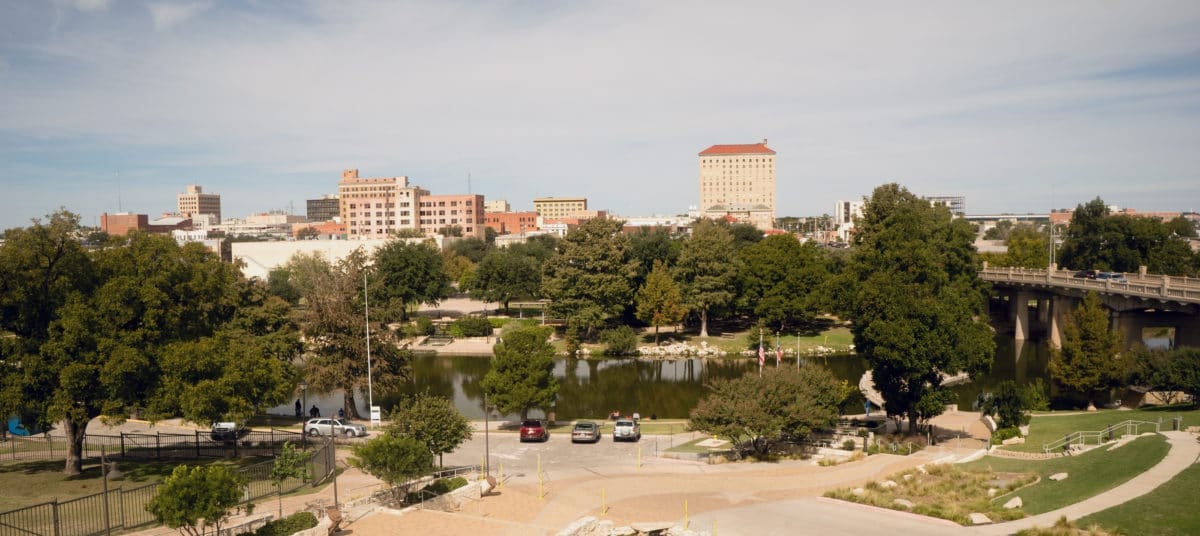
6. University of Austin
Tuition, fees and health insurance (resident): $24,399
Tuition, fees and health insurance (non-resident): $38,719
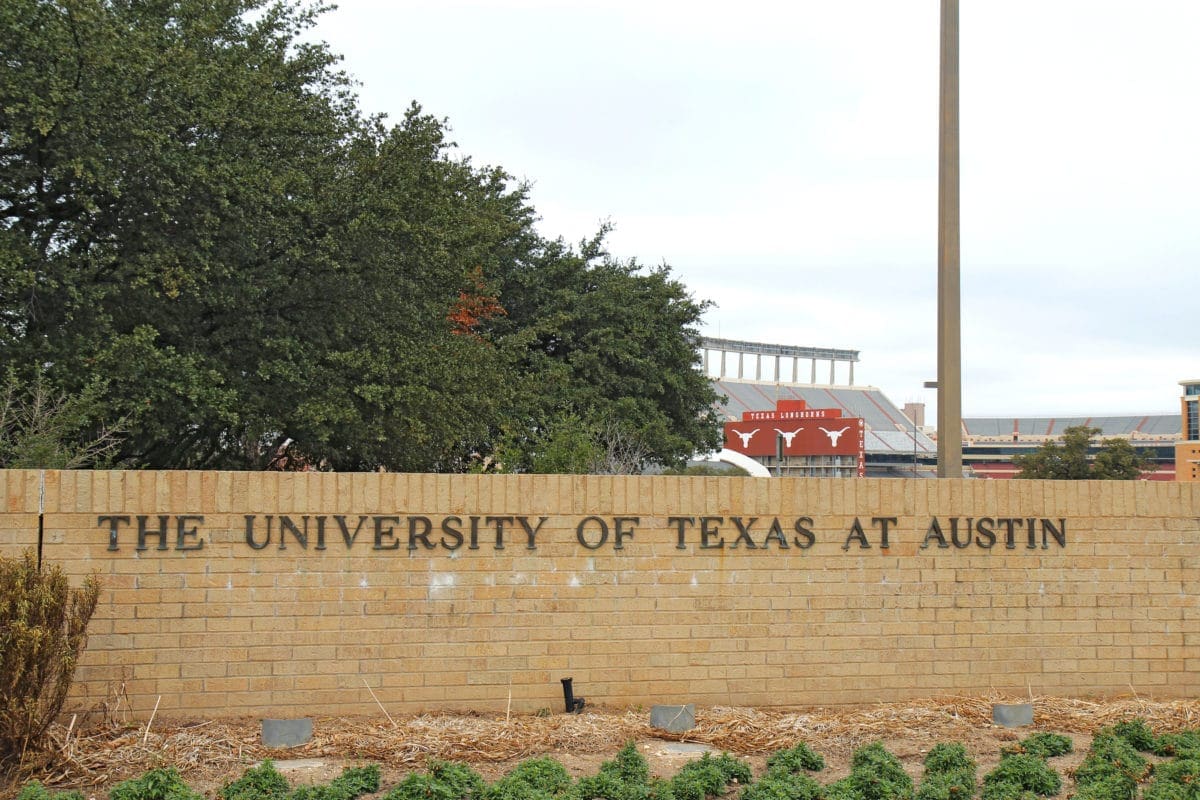
5. University of Texas Health Science Center at Houston
Tuition, fees and health insurance (resident): $24,272
Tuition, fees and health insurance (non-resident): $33,812

4. University of New Mexico
Tuition, fees and health insurance (resident): $23,238
Tuition, fees and health insurance (non-resident): $51,834
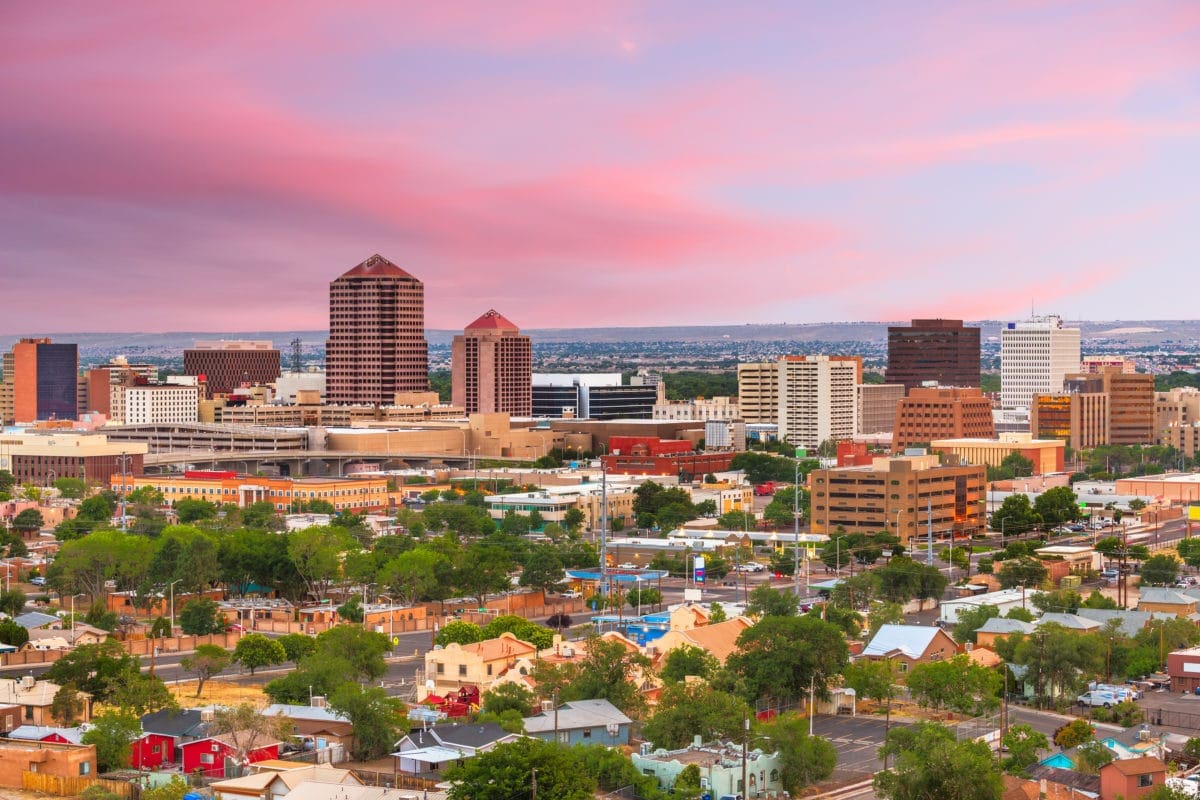
3. University of Texas Rio Grande Valley
Tuition, fees and health insurance (resident): $22,952
Tuition, fees and health insurance (non-resident): $36,052

2. Texas A&M University
Tuition, fees and health insurance (resident): $21,760
Tuition, fees and health insurance (non-resident): $34,860
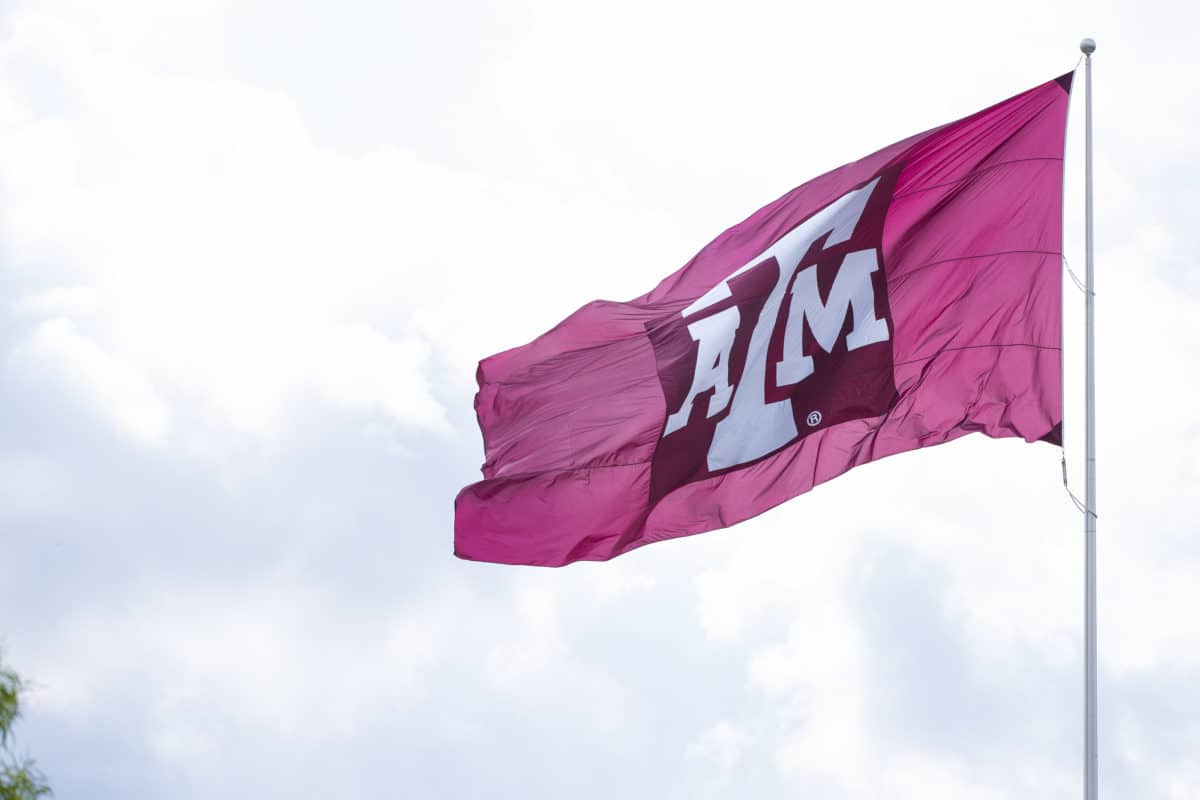
1. University of Puerto Rico
Tuition, fees and health insurance (resident): $19,586
Tuition, fees and health insurance (non-resident): $37,086
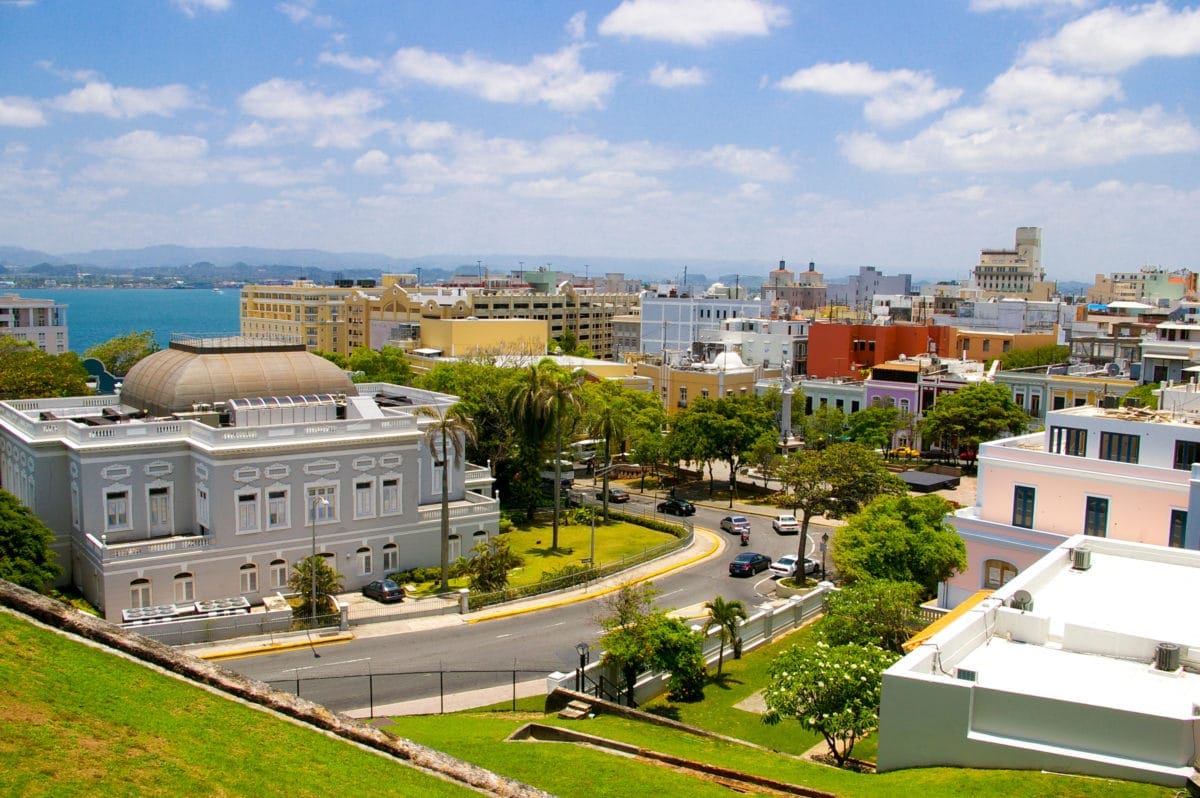
Why does Texas have so many of the cheapest medical schools?
Did you notice anything peculiar about these rankings? Eight of the top 10 cheapest medical schools are located in the state of Texas. And this isn’t just for in-state tuition. Texas universities fill up the list of most affordable medical schools for non-residents/out-of-state students as well.
Maybe it isn’t true that everything is bigger in Texas. But, seriously — what gives?
Here’s the deal: Texas has a shortage of medical professionals and wants to attract and keep as many of them as possible.
To do that, Texas has kept a decades-old law unchanged that caps medical school tuition and fees. Because of this, it’s hard for any other state to match the medical school tuition prices of public Texas universities, which offer an affordable medical education.
Would you be willing to move to Texas for the sake of cheaper medical school tuition and fees? If so, it could save you a lot of money. Instead of going somewhere like New York, potentially paying out-of-state tuition, you can lower the cost of tuition by opting for a public medical school in Texas.
Cheapest medical schools outside of Texas
If you don’t live in or have no interest in moving to Texas, you’ll be glad to know that there are affordable medical schools to be found in other states.
East Carolina University comes in at No. 1 in the not-in-Texas category, with a total annual cost of $26,022 for residents. No. 2 is Marshall University, with an annual cost for residents of $30,630
Florida State University, Ohio State University and the University of Central Florida round out the top five, each having annual costs (including tuition and fees, and health insurance) under $35,000.
Best private medical schools
Attending a public university is typically going to be the cheapest medical school route. Private medical schools simply aren’t able to get their hands on the same amount of state funding, so it’s hard for them to compete on price. But if you’re curious, here are a few of the cheapest private medical schools in the U.S.
Baylor University/Baylor College of Medicine is No. 1 with an annual cost of $27,955 (surprise, a Texas school at the top of the list). Next is Ponce Health Sciences University, with an annual cost of $48,018. The University of Miami, Mercer University and Howard University round out the top-five list among private med schools.
But even for being the top five, these schools aren’t all that cheap. Howard University, for instance, has an annual cost of $56,002. That’s over $20,000 more than you’d pay at some of the cheapest Texas schools as a non-resident.
Unless you’ve secured a lot of funding through scholarships and grants, you’re probably going to want to steer clear of private medical schools.
Schools that are just too expensive
So, which medical schools are the absolute worst for your wallet? Well, believe it or not, they aren’t private medical schools. Instead, the top five most expensive medical schools are all public universities.
How is that possible? Because some public universities charge absolutely shocking tuition rates for non-residents. So even with financial aid help, annual tuition costs can be super high.
For instance, if you attend the University of Illinois, South Carolina in Greenville, Michigan State, or Nebraska as a non-resident, you’ll pay over $80,000 per year. That’s a lot!
These schools are practically begging you to stay away, except the PSLF program might mean that high tuition doesn't matter.
How to pay back medical school loans
Even if you pick one of the schools from our list, you’re still looking at an average cost of around $80,000 as a resident or $120,000 as a non-resident for your medical school education. That’s a high average cost and there's a strong chance that you'll need to take out some student loans to cover it.
So, what’s the best way to pay off those loans? There’s no perfect answer. The best strategy for you depends on factors like your income, family size, the amount of debt you end up with and where you work.
But here are some options to consider.
Income-Driven Repayment (IDR) plans
If you have federal student loans, you can enroll in an income-driven repayment (IDR) plan. There are currently four IDR plans:
- Pay As You Earn (PAYE)
- Saving on a Valuable Education (SAVE), formerly called REPAYE
- Income-Based Repayment (IBR)
- Income-Contingent Repayment (ICR)
With each of these plans, you’ll generally pay 5% to 20% of your discretionary income. You’ll also be eligible for forgiveness on any remaining balance you may have at the end of your repayment period (10 to 20 or 25 years).
But keep in mind that you’ll owe income tax on the forgiven amount. This is often referred to as the student loan “tax bomb.” If you go with an IDR repayment strategy, you’ll want to save a little money each year so that you’re ready to pay the taxes.
Public Service Loan Forgiveness
If you decide to work in a hospital, Public Service Loan Forgiveness (PSLF), could be a viable option for you.
That’s because nonprofit and state hospitals — two categories that a large majority of hospitals fall into — are eligible employers for PSLF thanks to being public institutions. To qualify for PSLF, you’ll also need to be on an IDR repayment plan.
There are two awesome perks to PSLF. First, you’ll be eligible for forgiveness in 10 years with 120 qualifying payments. That means your student loans could be forgiven twice as fast with PSLF than with IDR forgiveness. Second, you don’t have to pay income tax on the forgiven amount.
With a faster forgiveness track and no tax hit, it’s hard to beat PSLF if you work for an eligible employer.
Grants and scholarships
There are lots of grants, scholarships and loan repayment programs available to medical professionals in primary care or other healthcare fields.
Many states run their own programs to attract top medical talent. And there are programs designed specifically for current and former members of the armed forces as well.
Wondering where to find these programs? Don’t worry. We’ve done the heavy lifting for you with our complete list of student loan forgiveness options for doctors.
Refinancing
If you land a high-paying job right out of medical school and your student debt-to-income ratio is less than 2-to-1, Income-Driven Repayment (IDR) may not benefit you as much. Instead, you might want to just put your head down and try to pay off your medical school loans as fast as possible.
In that case, you may also want to consider student loan refinancing. If you have a solid job and a good credit score, this could lower your interest rate.
For doctors with private loans, refinancing could be a really smart move. Refinancing federal loans could save you money, too, but you’ll lose federal benefits, like income-driven repayment and eligibility for PSLF. For this reason, if you plan to pursue PSLF, you shouldn’t refinance your federal student loans.
If you’ve just graduated medical school and you want to come up with a good repayment strategy, one of our consultants would love to talk with you. With a good plan, medical school debt doesn’t have to be overwhelming. Book a consultation today.
| Lender Name | Lender | Offer | Learn more |
|---|---|---|---|
| Sallie Mae |
Competitive interest rates.
|
Fixed 3.49 - 15.49% APR
Variable 4.54 - 14.71% APR
|
|
| Earnest |
Check eligibility in two minutes.
|
Fixed 3.47 - 16.49% APR
Variable 4.99 - 16.85% APR
|
|
| Ascent |
Large autopay discounts.
|
Fixed 3.39 - 15.71% APR
Variable 5.01 - 15.27% APR
|
|
| College Ave |
Flexible repayment options.
|
Fixed 3.47 - 17.99% APR (1)
Variable 4.44 - 17.99% APR (1)
|





Comments are closed.